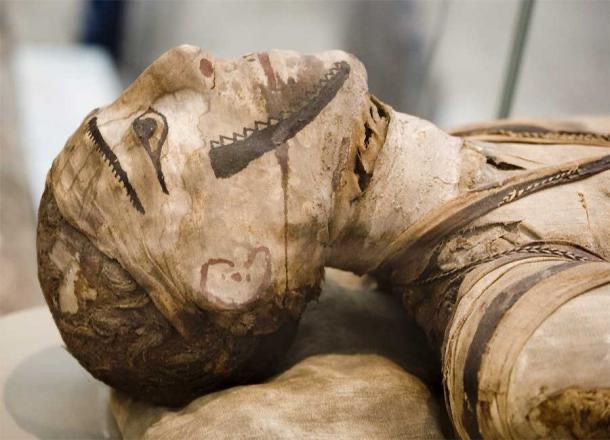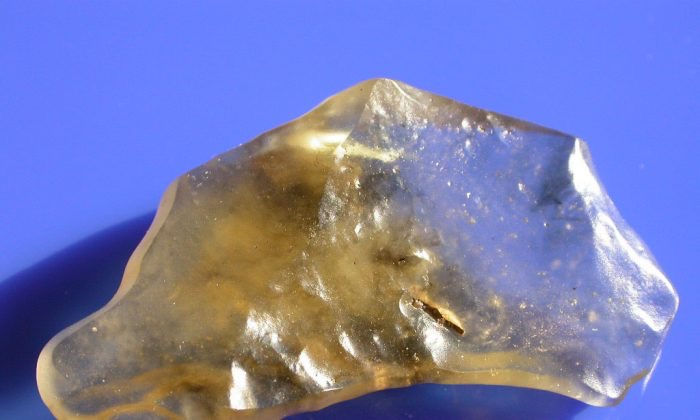The Richest Man In History : Mansa Musa
- skloucherepierre
- Jan 11, 2021
- 5 min read

At the point when individuals think about the most extravagant individuals in history , as a rule they consider industrialists from the cutting edge period, for example, the Rothschilds, the Rockefellers, or the Carnegies. Maybe some would likewise name current tycoons, for example, Bill Gates, Carlos Slim, or the numerous affluent Arab sheiks. Notwithstanding, the most extravagant individual in all of history is a Malian ruler named Musa Keita I, 10th Mansa of the Empire of Mali (Mansa is a title like 'king' or 'sovereign'). He was so rich and excessive in his spending that he disturbed Egypt's economy just by going through!
Brought into the world during the 1280s AD, Mansa Musa extended the Mali Empire by overcoming 24 urban communities and their encompassing regions. When he passed on around 1337 AD, he had amassed a fortune that is too enormous to even think about fathoming. Adapted to expansion, Mansa Musa I would have been worth over $400 billion.
The second place the consolidated abundance of the Rothschild family-might be better known, notwithstanding, they are just worth $350 billion. J.D. Rockefeller is worth $340 billion; Andrew Carnegie is worth $310 billion; Muammar Gaddafi is worth $200 billion; Bill Gates is worth $136 billion; and Carlos Slim is worth $68 billion. As such, none of the men frequently connected with tremendous abundance approach the total assets of this African King .
“There's really no way to put an accurate number on his wealth,” said Jacob Davidson of Time Magazine.
Emperor Musa
Mansa Musa I made his underlying fortune from the gold and salt mines of West Africa. The Mali Empire was established out of the remaining parts of the Ghanaian Empire. At its stature under Musa I, the Mali Empire extended across Western Africa from the Atlantic Ocean to Timbuktu, including portions of cutting edge Chad, Cote d'Ivoire, the Gambia, Guinea, Guinea-Bissau, Mali, Mauritania, Niger, Nigeria, and Senegal – a domain more than 2,000 miles (3218.69 km) across. Notwithstanding consolidating numerous urban areas under his immediate rule, most strikingly Timbuktu and Gao, Mansa Musa gathered recognition from numerous others. While Europe was battling to endure the evil presences of starvation, plague, and distinguished fighting , African realms were flourishing.

As indicated by Malian custom, a ruler was to name an appointee at whatever point he went on a journey to Mecca (a prerequisite of any devout Muslim with the way to do as such) or on the off chance that he left on some other undertaking. Should the ruler not return, his named appointee would take the seat. As it occurred, Abubakari Keita II (Musa's archetype) set out on a mission to discover the finishes of the Atlantic Ocean and was never gotten with again. Prior to accepting the seat in 1312, Musa I conveyed 2,000 boats to look for Abubakari Keita II. At the point when none returned , everybody concurred that Musa I was the legitimate sovereign of Mali.
Mansa Musa’s Wealth
The abundance of Mansa Musa I was just a single piece of his heritage. By controlling the significant shipping lanes between the Mediterranean and the West African coast, Mansa Musa set up his city Timbuktu as the Western community for Islamic culture and learning. He paid an Andalucía engineer around 440 pounds (just about 200 kg) of gold to fabricate the Djinguereber Mosque, which actually stands today. Mansa Musa likewise settled the University of Timbuktu to pull in researchers and specialists from all through the Islamic world. Inside his Empire, Mansa Musa I energized urbanization by subsidizing schools and mosques.

Djinguereber Mosque, Timbuktu ( Public Domain )
Mansa Musa I initially grabbed the world's eye in 1324 when he made the hajj, the Muslim journey to Mecca. In his book, "Narrative of the Seeker," African Muslim researcher Mahmud Kati accounts the occasions that roused Mansa Musa to go on his journey.
“The Mali-koy Kankan Musa was an upright, godly, and devout sultan… The cause of his pilgrimage was related to me as follows by the scholar Muhammad Quma, may God have mercy on him, who had memorized the traditions of the ancients. He said that the Mali-koy Kankan Musa had killed his mother, Nana Kankan, by mistake. For this he felt deep regret and remorse and feared retribution. In the expiation, he gave great sums of money in alms and resolved on a life-long fast. He asked one of the ulama of his time what he could do to expiate this terrible crime, and he replied, "You should seek refuge with the Prophet of God, may God bless and save him. Flee to him, place yourself under his protection, and ask him to intercede for you with God, and God will accept his intercession.” (Kati, 1987)

Extravagant Spending on Mansa Musa’s Famous Pilgrimage to Mecca
The 4,000-mile (6437.38 km) journey to Mecca was an excessive presentation of abundance that even got the notification of the occupied Europeans. "Not one to go on a careful spending plan, he brought a train extending as should have been obvious," reports Jessica Smith in a TED-Ed exercise. "Writers portray an escort of a huge number of fighters, regular folks and slaves, 500 envoys bearing gold staffs and wearing fine silks , and numerous camels and ponies bearing a plenitude of gold bars."
Mansa Musa likewise went with his significant other, Inari Konte, and her 500 serving ladies. He fabricated numerous mosques en route, including those at Dukurey, Gundam, Direy, Wanko, and Bako. A large number of his mosques actually stand today. It is said that when he arrived at the celebrated city of Cairo, he went through such a lot of cash – giving gold residue to poor people, purchasing nourishment for his entourage, and buying gifts to get back – that he caused runaway swelling that took the city years to recuperate from. Medina and Mecca additionally endured extreme swelling following their contact with Mansa Musa's spending. It assumed control longer than a year for Mansa Musa I to finish his excursion and get back to Mali.

The Mali Empire at the time of Mansa Musa's death. ( CC BY-SA 4.0 )
Putting Mansa Musa on the Map (Again)
This sensational story of Mansa Musa's journey has been failed to remember by numerous researchers, however it is being exposed back as a feature of the voyaging presentation "Bands of Gold, Fragments in Time: Art, Culture and Exchange Across Medieval Saharan Africa" . He is a significant figure in the display which follows his journey through extravagant ancient rarities identified with portrayals of his experience with the king of Cairo in Egypt.
The lavish abundance of Mansa Musa I likewise positioned him, in a real sense, on the guide when a portrayal of him was remembered for the 1375 Catalan Atlas, quite possibly the main world guides of Medieval Europe.
Mansa Musa passed on at some point somewhere in the range of 1332 and 1337. His child Mansa Maghan I, who governed as official while his dad was away on journey, took the seat. Yet, Maghan I just a short time before his uncle, Mansa Sulayman succeeded him. The Mali Empire kept on flourishing for about a century after Mansa Musa passed on, until the Portuguese opened up new shipping lanes.

Article Source : https://www.ancient-origins.net/history-famous-people/mansa-musa-richest-man-history-006847
.jpg)









Comments